
Kathmandu Valley’s Air Quality Sees Drastic Improvement Following Rainfall
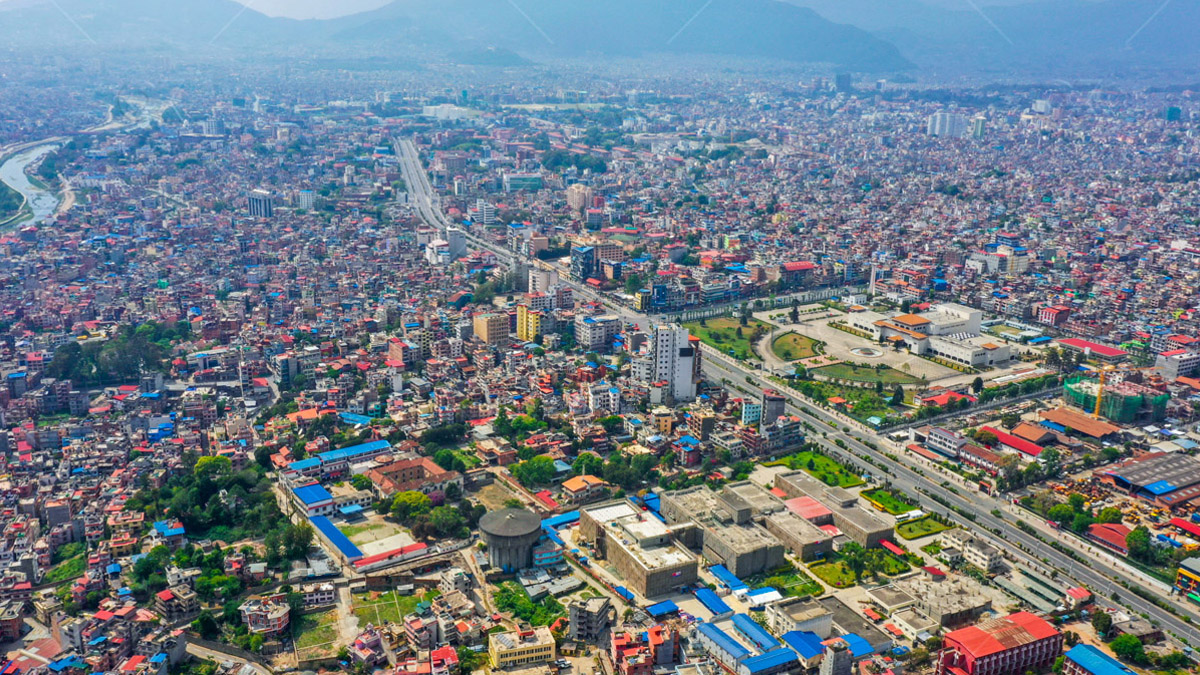
Following recent rainfall in the Kathmandu Valley, the region has experienced a significant improvement in air quality, marking a stark contrast to its earlier designation as the world’s most polluted city. As of today, the Air Quality Index (AQI) data indicates a remarkable drop from a high of 162 to a current measurement of 56, positioning Kathmandu at the 50th spot globally.
The positive shift in air quality is attributed to the effective containment of wildfires, facilitated by the recent precipitation. According to wildfire expert Sundar Sharma, the rainfall has played a crucial role in minimizing air pollutants, thereby enhancing the overall atmospheric conditions in the valley.
Understanding the significance of AQI readings, experts emphasize that an index range of 0-50 is considered good for public health, denoted by a green signal. However, even with the current AQI of 56, categorized as moderate (51-100), caution is advised, especially for individuals with respiratory and cardiac issues.
Dr. Dharmaraj Uprety, a disaster management expert, delineates the escalating health risks associated with higher AQI levels. An AQI range of 101-150 (orange) is deemed unhealthy for sensitive groups, while levels above 150 signal broader health hazards, progressing from unhealthy (red) to very unhealthy (purple), hazardous, and highly hazardous (maroon).
- Kaski Court Grants Bail to Rabi Lamichhane in Embezzlement Case
- Upper Mustang Sees Over 4,000 Foreign Tourists in 2024, Marking a 14% Rise
- Hollywood Wildfires Ravage Los Angeles, Claiming Lives and Thousands of Homes
- Nepal Deports 147 Chinese Nationals in 2024 Amid Rising Concerns Over Crimes and Overstays
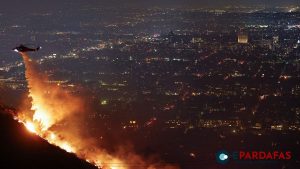

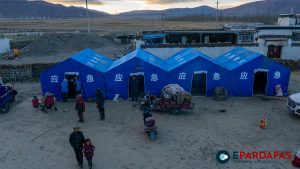


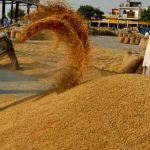

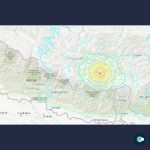



Comments